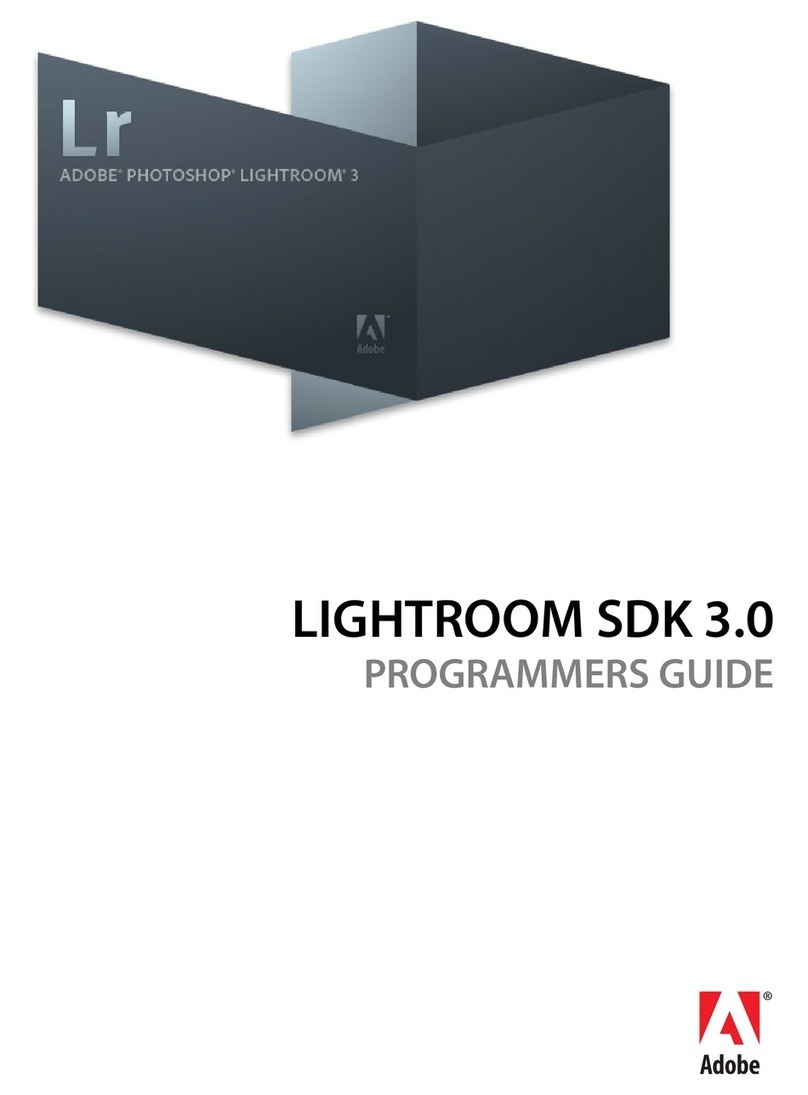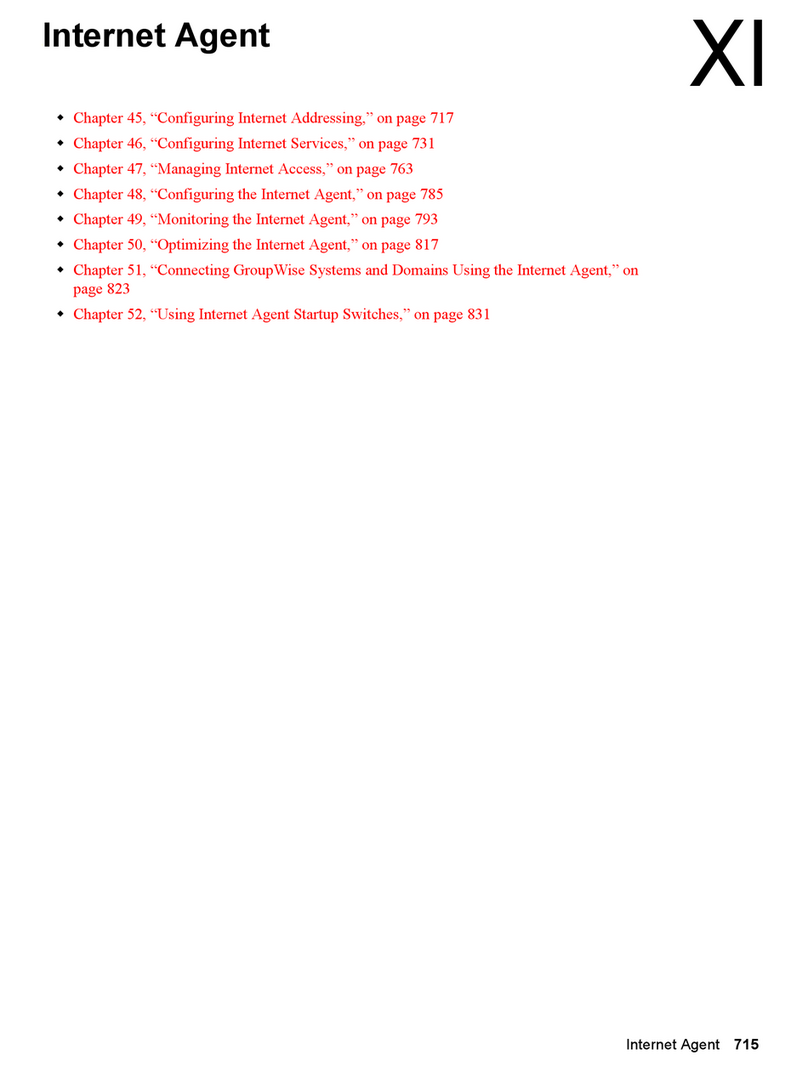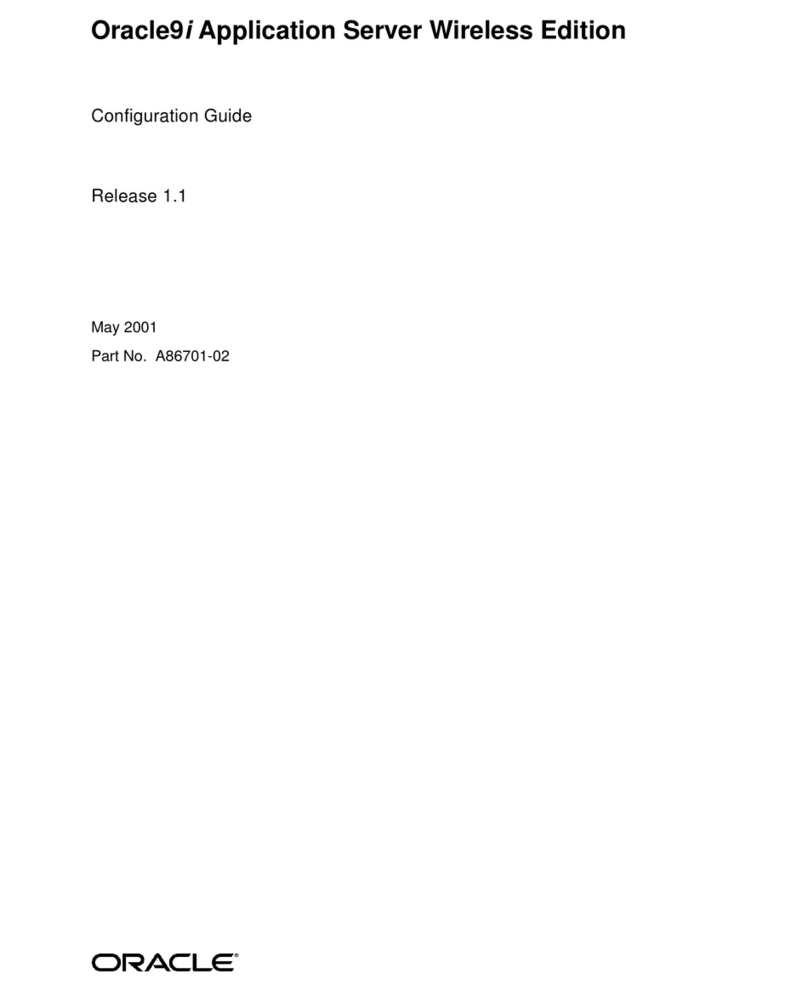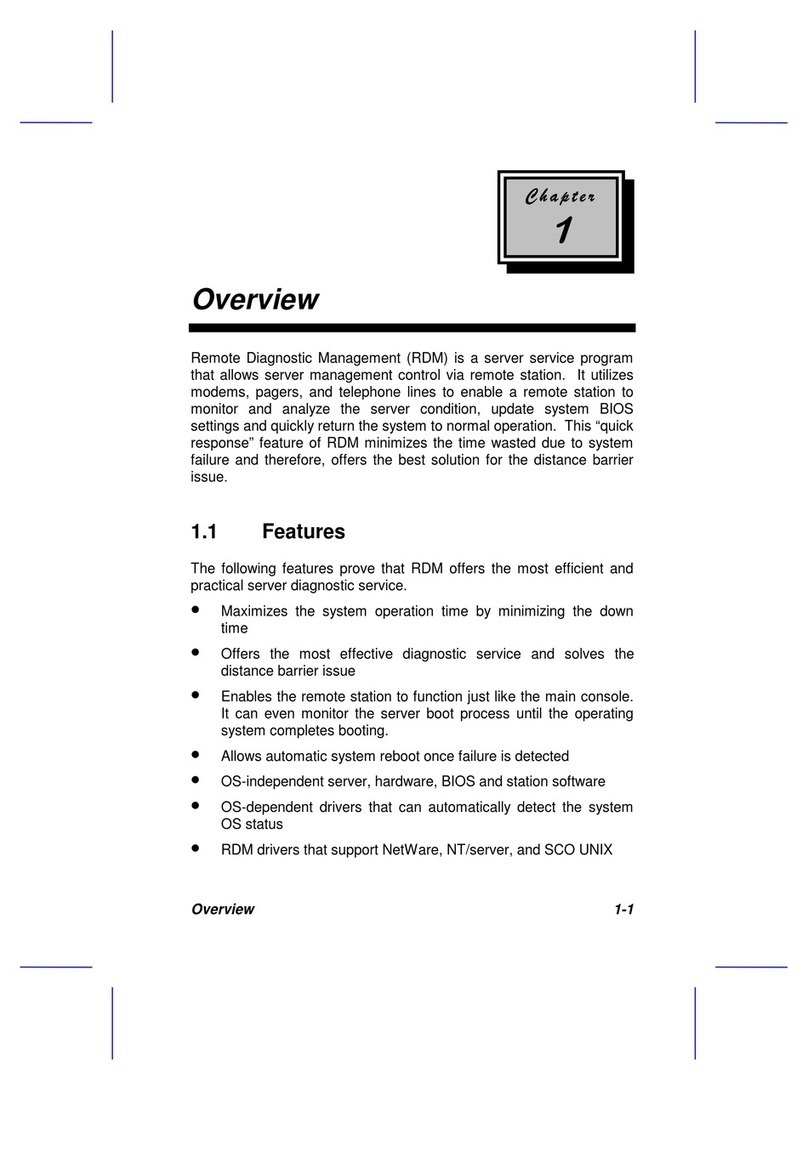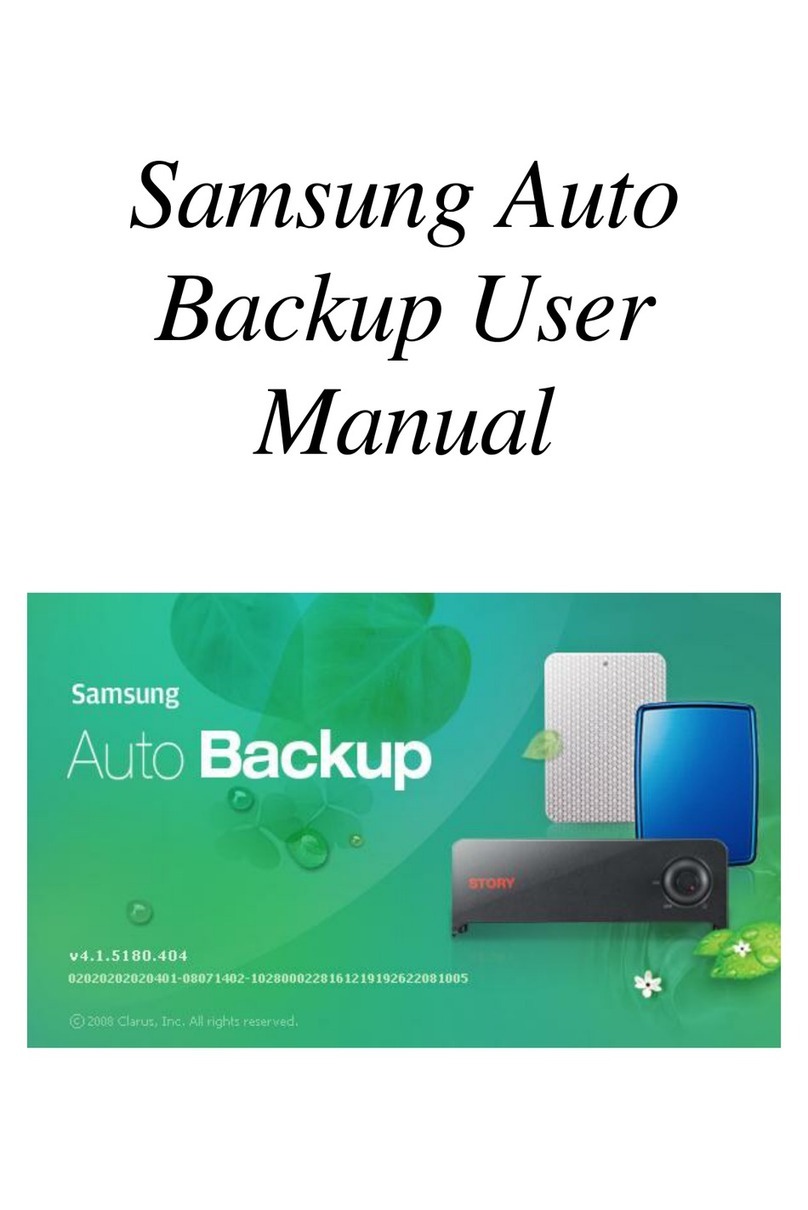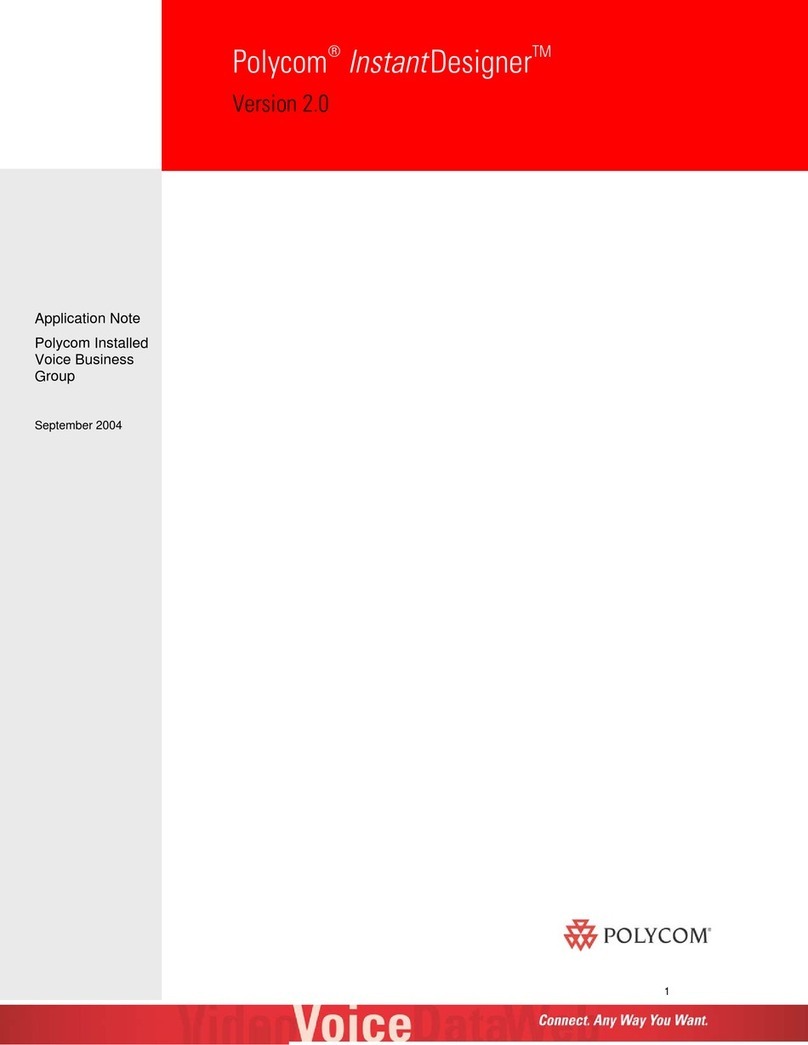
Contents
Contents
Important Information..........................................................................................i
Other Precautions ........................................................................................................................... i
General Tips for Trouble-Free Performance .................................................................................. ii
About This Guide ...............................................................................................iii
Setting Up Your SMART Board 500 Series Interactive Whiteboard ................1
Macintosh Computer USB Adapter Setup......................................................................................1
Macintosh Computer Serial Cable Setup .......................................................................................3
SMART Board Software ......................................................................................5
SMART Board Software Service....................................................................................................5
SMART Board Tools ......................................................................................................................5
Using the Software in Projected Mode ..............................................................7
The Importance of Being Oriented .................................................................................................7
Adjusting the Front Projected Image..............................................................................................8
Getting to Know Your Pen Tray .......................................................................10
Writing, Capturing and Erasing .......................................................................11
Writing with Pen Tray Styluses over Applications ........................................................................11
Reconfiguring the Pen Tray Tools................................................................................................12
Using the Floating Tools ..............................................................................................................13
Configuring the Floating Tools .....................................................................................................14
Capturing What You Write ...........................................................................................................14
Erasing What You’ve Written ....................................................................................................... 15
Using the SMART Keyboard.............................................................................16
Using Notebook Software for Object Creation ...............................................17
Opening Notebook Software ........................................................................................................17
Views in Notebook Software ........................................................................................................17
Toolbars in Notebook Software....................................................................................................18
Using with the Pen and Highlighter Tool in Notebook Software ...................................................19
Drawing Rectangles, Ellipses and Lines in Notebook Software ...................................................19
Typing in Notebook Software .......................................................................................................20
Editing Objects in Notebook Software ............................................................21
Selecting Objects .........................................................................................................................21
Moving Objects ............................................................................................................................22
Grouping and Ungrouping Objects...............................................................................................22
Rearranging Stacked Objects ......................................................................................................23
Resizing Objects ..........................................................................................................................23
Changing Text Attributes..............................................................................................................23
Changing Object Attributes ..........................................................................................................24
Deleting and Erasing Objects.......................................................................................................24
Undoing Your Mistakes ................................................................................................................24




